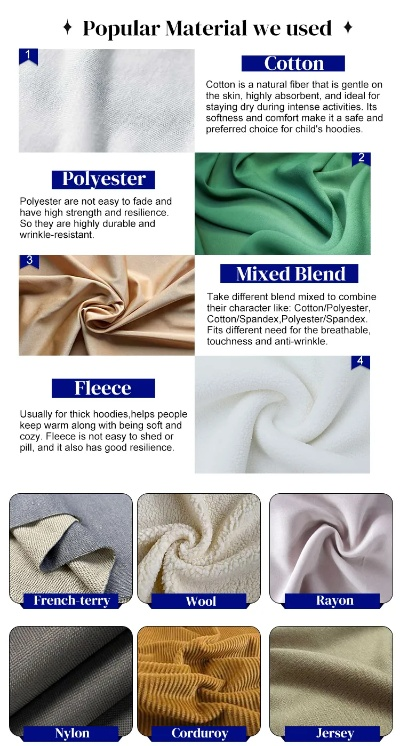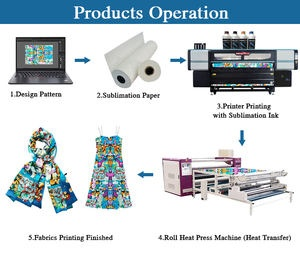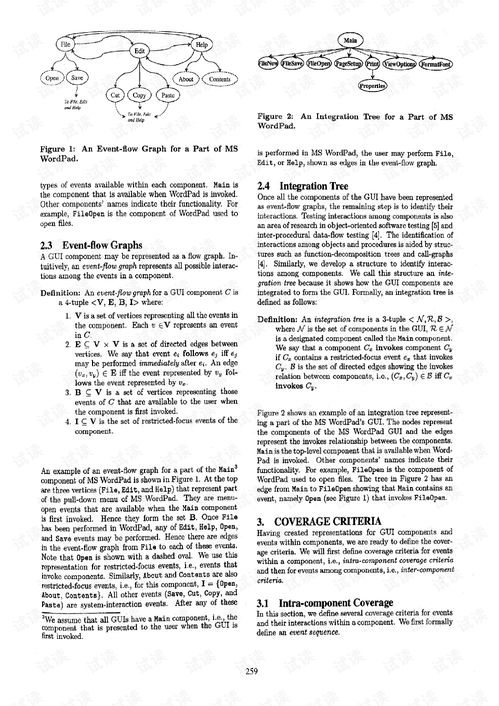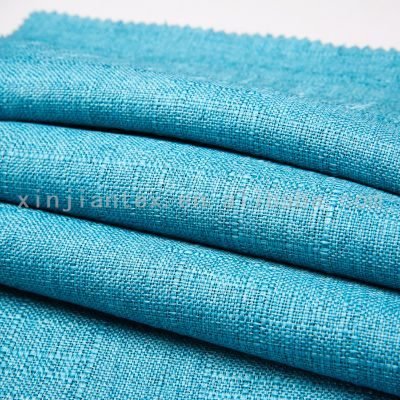Textile Printing Techniques
In this paper, the textile printing techniques are reviewed. The main printing techniques are inkjet, screen printing, pad printing, silk screen printing and digital printing. In addition, we discuss some common issues in the textile printing industry, such as low quality of printed goods, high labor cost, etc.
Introduction: The textile industry, with its vast array of products ranging from casual wear to high-end fashion, relies heavily on the use of innovative printing techniques to enhance their aesthetic appeal. Printing is not just about adding color and designs to fabrics; it's a process that can significantly affect how garments are perceived by consumers. In this article, we will explore the different types of textile printing techniques and delve into some case studies that highlight the versatility and impact of these processes.
Types of Textile Printing Techniques: Textile printing is a multifaceted field that includes various methods used to imprint patterns onto fabrics, which range from simple screen printing to complex dye sublimation techniques.
-
Screen Printing: Screen printing is one of the most widely used printing methods in the textile industry. It involves using a mesh screen to apply ink directly onto the cloth or fabric. This method allows for intricate details and large areas to be printed, making it suitable for mass production. The quality of the print depends heavily on the mesh size and spacing of the screen.
-
Dye Sublimation: Dye sublimation is a technique where dyes are transferred from a paper substrate (or other material) onto the fabric through a heating process. Once heated, the dyes sublimate (convert from solid to gas form) and become permanently embedded in the fabric. The resulting product has a high level of detail and longevity.

-
Embossing: Embossing involves shaping the surface of the fabric with raised ridges or dots that mimic textures or shapes when viewed at an angle. This technique can add depth and interest to clothing and accessories. It's often used for branding, as it provides a distinct visual signature for a product.
-
Embroidery: Although not typically classified as a printing technique, embroidery can be considered a form of pattern application. It involves stitching small dots or lines onto a fabric to create patterns or designs. While it doesn't involve the transfer of color, embroidery adds a unique touch to garments and accessories.
Case Study: Nike’s Air Max Technology Nike's Air Max technology is a prime example of a textile printing technique that revolutionized sportswear. The company uses screen printing to create vibrant graphics and logos on its sneakers and apparel. By employing this advanced printing process, Nike was able to achieve superior design accuracy and durability, while also reducing manufacturing costs. This innovation led to the success of Nike's Air Max collection and helped the brand stay ahead of competitors in the fast-paced athletic footwear market.
Conclusion: Textile printing techniques offer a multitude of possibilities for designers and manufacturers looking to bring unique styles and colors into their products. From screen printing to embossing and embroidery, each method offers a distinct approach to creating visually appealing and functional textiles. As the demand for personalized and stylish clothing continues to grow, the importance of these printing techniques only seems set to increase.
纺织品的印花工艺概述
纺织品的印花工艺是一种将图案或文字转移到纺织品上的技术,它不仅体现了艺术家的创造力,也反映了人类对美的追求和工艺技术的进步,在纺织品的印花工艺中,印花技术主要包括印花的材料选择、印花设备、印花流程等。
印花材料的选择

在纺织品的印花工艺中,印花材料的选择至关重要,不同的材料具有不同的质地、色泽和触感,能够满足不同的印花需求,丝质印花面料柔软细腻,适合制作高档服装;而棉质印花面料透气性好,适合制作夏季服装,印花材料还可以根据图案设计进行选择,如采用天然植物染料进行环保印花。
印花设备介绍
印花设备是纺织品的印花工艺中的重要组成部分,常见的印花设备包括喷墨印花机、热转印印花机等,喷墨印花机具有操作简便、成本低廉等优点,适用于各种材质和图案的印花,热转印印花机则是一种新型的印花技术,通过高温将图案转移到纺织品上,具有色彩鲜艳、持久耐用的特点。
印花流程说明
- 材料准备:首先准备好所需的印花材料,包括图案设计、染料等。
- 设备调试:根据印花需求和设备特性,对设备进行调试,确保其正常运行。
- 印花操作:将印花材料均匀地涂抹在纺织品上,通过特定的设备进行印花,这个过程需要一定的技巧和经验,以确保印花效果和质量。
- 后期处理:完成印花后,需要进行一定的后期处理,如烘干、整理等。
案例说明
以某品牌纺织品为例,其采用了先进的喷墨印花技术进行图案设计,该品牌采用了天然植物染料进行环保印花,不仅环保健康,而且色彩鲜艳、持久耐用,该品牌的印花设备采用了高效节能的设计,大大提高了生产效率,通过该品牌的纺织品印花工艺,我们可以看到纺织品的印花工艺已经越来越受到人们的关注和喜爱。
纺织品的印花工艺是一种综合性的工艺技术,它不仅体现了艺术家的创造力,也反映了人类对美的追求和工艺技术的进步,在纺织品的印花工艺中,我们需要根据不同的材料和图案需求选择合适的印花材料和设备,同时还需要掌握一定的印花技巧和经验,通过不断的创新和改进,我们可以不断提高纺织品的印花工艺水平,为人们带来更好的产品和服务。
Articles related to the knowledge points of this article:
The Beauty of Puerh Decorative Textiles
Exploring the Natural Elements of Liyun Textiles Raw Materials
Bridging the Shanghai Textiles with the Power of Trading-Up Agent
A Comprehensive Guide to Recycling Textile Assets in Changzhou
The Fabric of Future:Classification and Application of A,B,C Textiles



